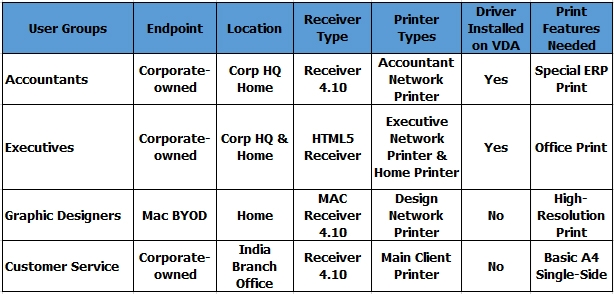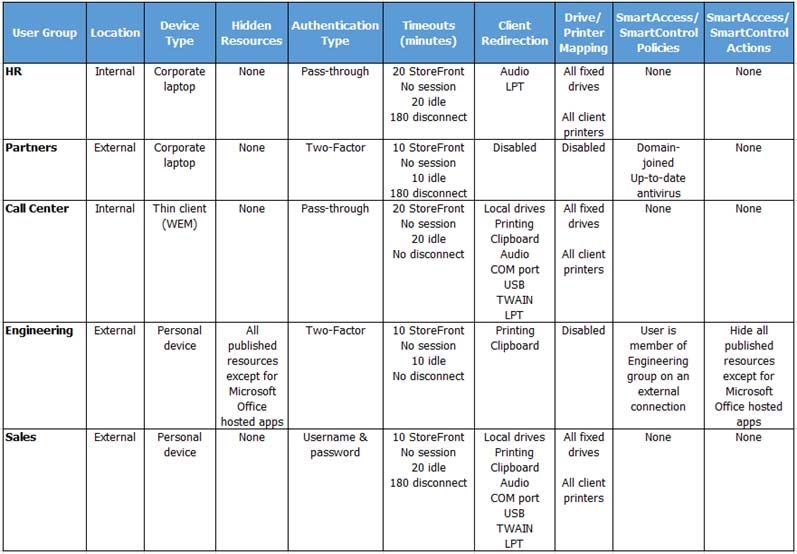Scenario: A Citrix Architect needs to design a new XenApp and XenDesktop environment. Currently, the environment is configured with two locations with identical XenDesktop Sites. Each Site has two Delivery Controllers, two StoreFront servers, and one NetScaler high availability pair. The same applications have been published from both Sites for all the users. Two Zones (Zone A and Zone B) are configured in each Site with one Controller in each zone. The Microsoft
Exchange server is only accessible from Virtual Delivery Agent (VDA) machines in Zone A in each Site.
The following access requirements have been identified:
✑ Users should have a single URL when accessing resources from different Sites.
✑ Users should always connect to the datacenter closest to their location.
✑ Applications added to Favorites within Citrix Receiver should be retained when accessed from different Sites.
✑ Launched applications and desktops should always connect through a local NetScaler.
✑ No duplication of applications published from different Sites.
✑ Microsoft Outlook should always launch in Zone A.
The architect should recommend configuring Optimal Gateway routing on ___________across both locations to ensure that users connect through a local
NetScaler. (Choose the correct option to complete the sentence.)

